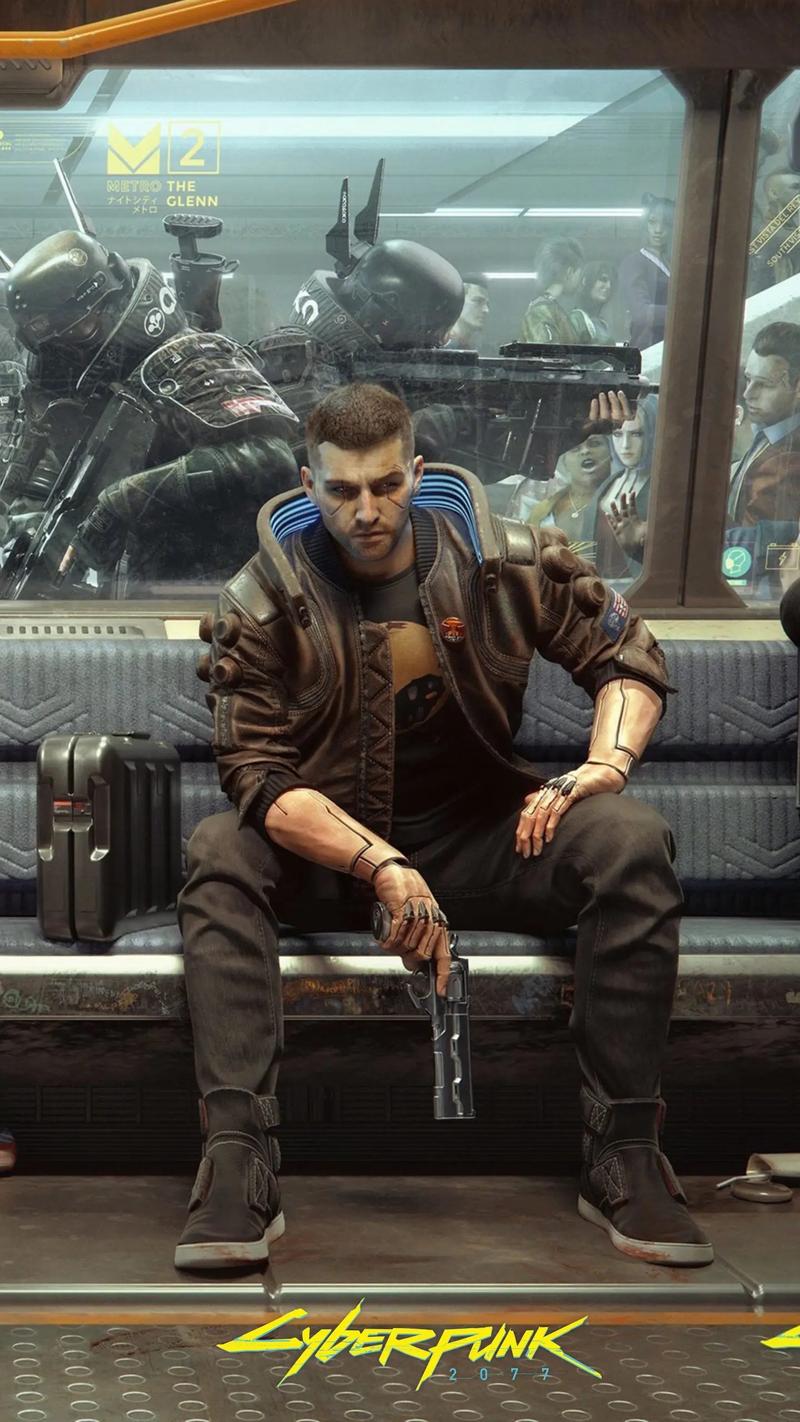Pokémon Legends: Arceus Score: Action RPG Innovation
The Pokémon franchise has long been synonymous with turn-based battles, linear progression, and a formula that, while beloved, has remained largely unchanged since its inception in 1996. Pokémon Legends: Arceus (2022) shattered expectations by reinventing the series as an open-world action RPG, blending exploration, real-time combat, and a fresh take on Pokémon mechanics. This bold departure from tradition not only revitalized the franchise but also set a new benchmark for innovation in the Pokémon universe.
Breaking the Traditional Mold
For decades, Pokémon games followed a predictable structure: trainers journeyed through regions, battled gym leaders, and challenged the Elite Four in turn-based encounters. While this formula worked, it left little room for experimentation. Legends: Arceus discarded this rigidity, introducing an open-ended structure where players explore the vast Hisui region—later known as Sinnoh—in a semi-open world.
The game’s most striking innovation is its seamless transition between exploration and battle. Unlike previous entries, where wild Pokémon encounters triggered a separate battle screen, Legends: Arceus allows Pokémon to roam freely in the overworld. Players can engage them directly, either by throwing Poké Balls in real-time or entering a modified turn-based battle system that incorporates speed and positioning. This hybrid approach makes catching and battling feel dynamic, rewarding reflexes and strategy in equal measure.
The Action RPG Evolution
Legends: Arceus leans heavily into action RPG mechanics, a first for the franchise. Movement is unrestricted—players can sprint, dodge, and even crouch to avoid aggressive Pokémon. The inclusion of a stamina meter adds a survival element, forcing trainers to manage their resources while traversing harsh terrain.
The battle system, while retaining turn-based roots, introduces a new "Agile" and "Strong" style mechanic. Moves can be executed in quicker succession or with greater power, altering the traditional turn order. This adds depth to combat, as players must weigh speed versus raw damage. Additionally, Pokémon can attack multiple times in a row if they outspeed their opponent, making battles feel more fluid and unpredictable.
A Living, Breathing Hisui
The Hisui region is a stark departure from previous Pokémon settings. Instead of bustling cities and well-trodden routes, players explore untamed wilderness filled with roaming Pokémon herds, dynamic weather, and environmental hazards. The game’s day-night cycle and weather patterns influence Pokémon behavior, encouraging players to adapt their strategies.
One of the most immersive features is the research system. Instead of simply catching Pokémon to fill a Pokédex, players must complete research tasks—observing behaviors, using specific moves, or capturing Pokémon under certain conditions. This mechanic reinforces the game’s theme of exploration and discovery, making each encounter meaningful.
Narrative and World-Building
Legends: Arceus takes place in a feudal-era Sinnoh, long before the events of Pokémon Diamond and Pearl. The player, a time-traveling outsider, joins the Galaxy Expedition Team to study Pokémon and quell the region’s frenzied Noble Pokémon. The story delves into Sinnoh’s mythology, particularly the deity Arceus, offering a richer lore experience than most mainline games.

The narrative’s pacing is slower and more methodical, focusing on world-building rather than a traditional "beat the champion" arc. While some fans missed the structured gym challenge, the shift allowed for deeper immersion in the setting. Characters like Commander Kamado and Professor Laventon feel more fleshed out, and the game’s climax involving Arceus is one of the franchise’s most ambitious storytelling moments.
Criticism and Room for Improvement
Despite its innovations, Legends: Arceus isn’t without flaws. The visuals, while stylistically charming, suffer from technical limitations, with bland textures and pop-in issues. The semi-open world, though expansive, lacks the density of modern RPGs like The Legend of Zelda: Breath of the Wild. Some players also found the post-game content sparse compared to other Pokémon titles.
However, these shortcomings are overshadowed by the game’s willingness to take risks. It proves that Pokémon can thrive outside its traditional framework, paving the way for future entries to refine this new direction.
The Future of Pokémon RPGs
Pokémon Legends: Arceus is more than a spin-off—it’s a blueprint for the franchise’s evolution. Its success likely influenced Pokémon Scarlet and Violet, which further expanded open-world mechanics. The game’s bold reimagining of Pokémon as an action RPG demonstrates that the series can innovate without losing its core identity.
For longtime fans, Legends: Arceus is a refreshing experiment that reinvigorates the joy of discovery. For newcomers, it’s an accessible entry point that showcases Pokémon’s untapped potential. Whether future games follow this path or return to tradition, Legends: Arceus will be remembered as the game that dared to redefine Pokémon.
In the end, Pokémon Legends: Arceus scores high not just as a Pokémon game, but as a trailblazer for action RPG innovation. Its legacy lies in proving that even the most established franchises can—and should—evolve.















